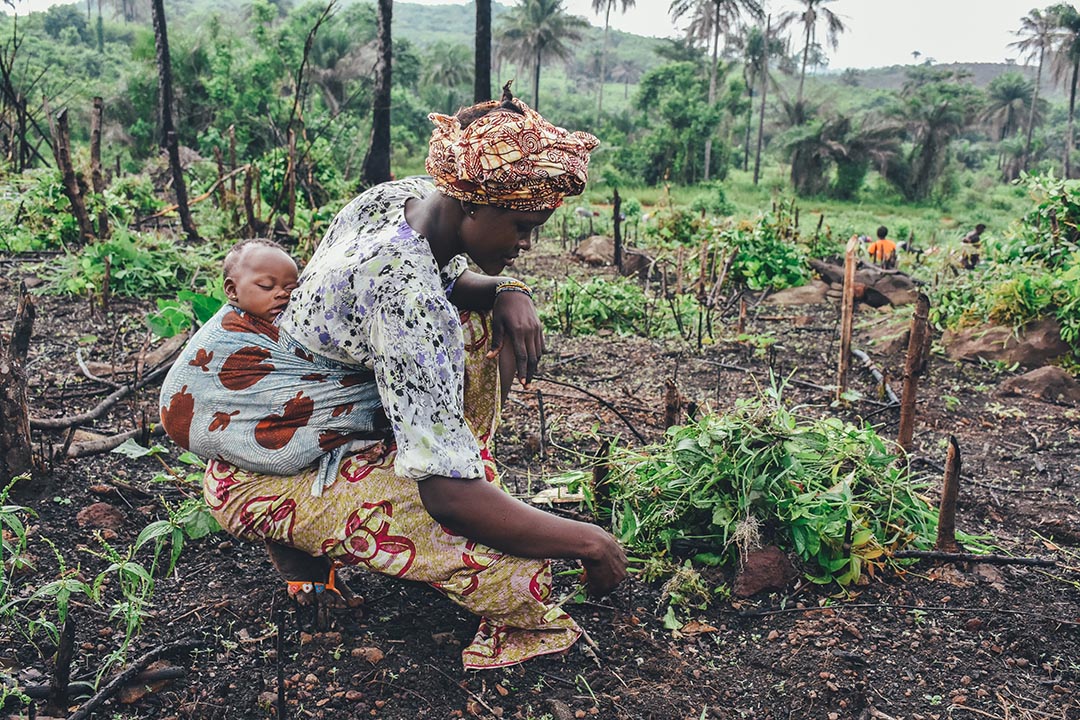UN Women and the UN Department of Economic and Social Affairs (DESA) issued a report, which presents evidence on gender equality across all 17 SDGs. Emphasizing the pivotal role of gender equality in driving progress on the entire 2030 Agenda, the report warns that global crises, such as the COVID-19 pandemic, violent conflict, and climate change have exacerbated gender disparities.
“Cascading global crises are putting the achievement of the SDGs in jeopardy, with the world’s most vulnerable population groups disproportionately impacted, in particular women and girls. Gender equality is a foundation for achieving all SDGs and it should be at the heart of building back better,” said Maria-Francesca Spatolisano, Assistant Secretary-General for Policy Coordination and Inter-Agency Affairs in DESA, at the report’s launch on 7 September 2022.
Titled, ‘Progress on the Sustainable Development Goals: The gender snapshot 2022,’ the report highlights that at the current pace of progress, SDG 5 (gender equality) will not be achieved by 2030. It also underscores that only 48% of data required to track progress on SDG 5 are currently available, rendering many women and girls “effectively invisible.”
The report calls for swift action to ensure that legal systems are in place to: ban violence against women; protect women’s rights in marriage and family, including the right to pass on their nationality to their children and the right to inherit; provide women with equal pay and benefits at work; and guarantee their equal rights to own and control land.
The report estimates that at the current rate of progress, “it will take up to 286 years to close gaps in legal protection and remove discriminatory laws.” It underscores that to eradicate child marriage by 2030, progress must be 17 times faster than that of the last decade.
Some of the report’s other findings include:
- In 2020, school and preschool closures generated the need for 672 billion hours of additional unpaid childcare globally. Women are estimated to have put in 512 billion of those hours, if the gender divide in care work remained the same as before the pandemic.
- Globally, women lost an estimated USD 800 billion in income in 2020 due to the pandemic. Despite a rebound, at 50.8%, women’s participation in labor markets is projected to be lower in 2022 than in 2019 (51.8%).
- In 2021, around 44 million women and girls were forcibly displaced – more than ever before.
- Today, more than 1.2 billion women and girls of reproductive age (15-49) live in countries and areas with some restriction on access to safe abortion.
Ahead of the Transforming Education Summit, the report stresses the importance of achieving universal education for girls, noting that each additional year of schooling can increase a girl’s earnings as an adult by as much as 20%, improving outcomes on poverty reduction, maternal health, child mortality, HIV prevention, and violence against women.
As per the report, cooperation, partnerships, and investments in achieving gender equality, including through increased global and national funding, “are essential to correct the course and place gender equality back on track.” [Publication: Progress on the Sustainable Development Goals: The gender snapshot 2022] [Publication Landing Page] [UN Women Press Release] [DESA News Story] [UN News Story] [SDG Knowledge Hub Story on Gender Snapshot 2021]
Credit:Source link



